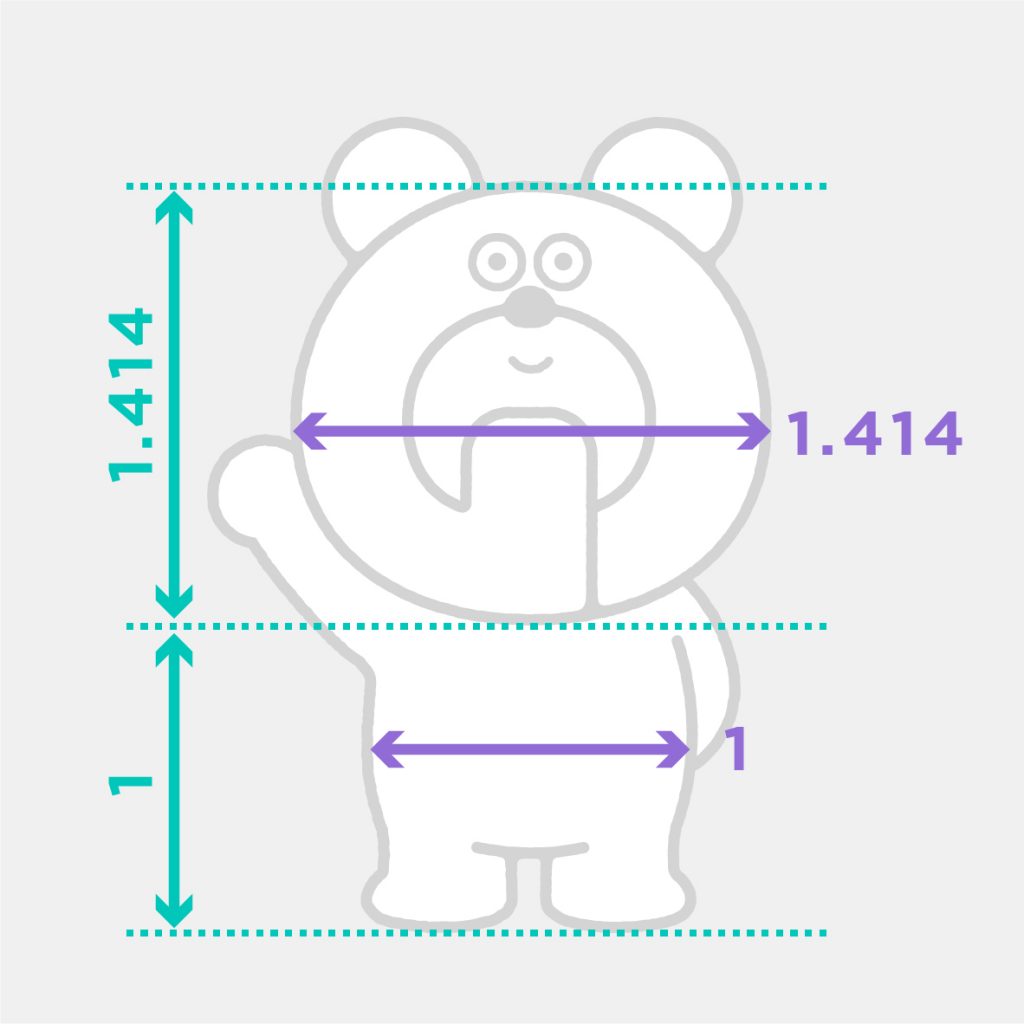Copyright GK Dynamics Inc., All Rights Reserved.

Copyright GK Dynamics Inc., All Rights Reserved.


Do you know the mathematical formula eπi=-1? It is called Euler’s Identity and known as the world’s most beautiful mathematical expression. At first glance, it appears to be nothing more than a series of letters and numbers with no concrete colors and shapes, yet it has been appraised as most beautiful in the world. To be honest, the real beauty of it is beyond my understanding. But I can certainly feel an aura of romanticism around it, thinking about a magnificent story that presumably develops behind this simplistically expressed formula.
Some pieces of art and design have employed the mathematical formula known as the golden ratio, which is about 1:1.168. It can be found in some famous works such as the Mona Lisa and Apple’s corporate logo. I think many people have heard about this term. There exist other traditionally used mathematical ratios, some of which are familiar with people in Japan. One of them is the silver ratio fixed at 1:1.414, which has been used in making papers with the formats such as A4 and B5. In fact, this number is closely associated with Japan as shown by the fact that it is also called “Yamato-hi,” or Yamato ratio (Yamato is an old name of Japan), and was applied to designing Buddha statues as well as temples and shrines like Horyuji Temple, one of the most renowned temples in Japan. Because it contributes to creating products with softer impressions than the golden ratio does, it is often construed as a ratio that gives a sense of familiarity rather than beauty. Many Japanese-born popular characters are said to be designed by using the silver ratio.
I guess you are beginning to feel the urge to measure the products around you. By the way, you can see below the results of my measuring the Jikuma character, one of my family’s favorite items.
Satoru Nagai
CMFG Design Dept.
Design Director
